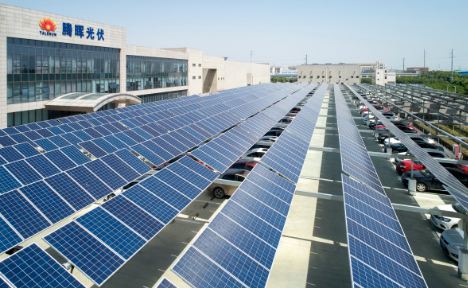DNA
ISLAMABAD: With Pakistan a key market and the second-largest destination for PV products, the first half of 2024 (Jan-June) has been a turbulent period for China’s solar industry, as financial reports from 42 top Chinese photovoltaic companies showing falling profits, overproduction and stiff competition.
According to industry experts, the financial performance of China’s top solar companies paints a grim picture overall, as their revenue for the top 42 companies collectively dropped by 18.92%, with net profits plummeting by a staggering 88.80% compared to the same period in 2023.
Quoting the latest data, they pointed out while the global PV market continued to expand, the Chinese solar sector struggled with declining profitability due to an oversupply and a mismatch between supply and demand, leading to price drops across key components like silicon materials, wafers, cells, and modules.
Despite these challenges, some companies, including Trinasolar, have managed to navigate the storm with strategic shifts in focus. Their success came from advanced n-type TOP Con technology, particularly 210mm n-type i-TOP Con Vertex N series modules. These high-efficiency products have allowed them to stay profitable despite the overall industry slump, even though the company’s revenue fell by 12.99% year-on-year. This company reported a net profit of 526 million yuan for the first half of 2024, standing out in a market where many other firms posted losses.
Several major players experienced losses exceeding 100%, a sharp contrast to last year’s strong earnings when stable pricing and growing demand sustained profitability. Smaller manufacturers, unable to absorb the financial pressure, were hit the hardest and were forced out of the market.
Key segments in the solar industry, such as polysilicon, wafers, and cells, saw substantial production increases—by 60%, 58.9%, and 32.2% respectively. However, this growth in capacity resulted in a significant year-on-year drop in module prices. While the global demand for solar energy surged, the imbalance between supply and demand led to shrinking profit margins. Overcapacity has created an environment where only companies with a clear technological edge or cost-efficiency strategies can survive.

















